A good night's sleep is essential for overall well-being, and a clean, comfortable pillow is vital in achieving that. However, pillows can easily accumulate sweat, body oils, dust mites, and other allergens over time. Therefore, knowing how often to wash your pillows is crucial to maintain their cleanliness and extend their lifespan.
How Often Should You Wash Pillows?
When washing pillows, the general recommendation is to clean them at least seasonally or every 3 to 6 months. However, it is perfectly acceptable to wash pillows more frequently, especially if someone in your household is ill or if you have allergies. Regular washing removes sweat, body oils, and dust mites, ensuring a clean and fresh sleep environment.
Consistent cleaning not only upholds a hygienic sleep environment but also extends the longevity of your pillows. Always consult the manufacturer's care instructions for how to wash a pillow accurate guidelines.
How to Wash Pillows: A Step-by-Step Guide
To have a fresh and comfortable sleep haven, here is a meticulous 14-step guide to how to wash a body pillow.
Step 1: Pick the Necessary Materials
Before reading how to wash my pillow process, collect the following materials:
- Mild laundry detergent
- Stain remover (if needed)
- Washing machine
- Dryer or clothesline
- Pillow protectors (optional)
Step 2: Read the Care Instructions
Check the care label on your pillows for specific washing instructions. Some have mentioned cleaning requirements on how to hand wash a pillow or whether to dry clean.
Follow these instructions to avoid damaging the pillow during the washing process.
Step 3: Remove Pillowcases and Protectors
Take off the pillowcases and protective covers, such as zip-on or pillow protectors. These can usually be washed separately in a washing machine.
Step 4: Check for Stains or Spills.
Check your pillows for any visible stains or spills. If you notice any, clean them with a stain remover according to the product instructions before washing.
Step 5: Load the Washing Machine
Place two pillows in the washing machine to balance the load. During the wash cycle, it will prevent the pillows from getting lumpy or misshapen. If you only have one pillow, put some towels or other items to create a balanced load.
Step 6: Add Detergent
Add a mild laundry detergent to the washing machine. Use the recommended amount according to the detergent's instructions. Avoid using bleach or harsh chemicals, as they can damage the pillows.
Step 7: Choose the Right Washing Cycle and Water Temperature
Select the gentle or delicate cycle on your washing machine. This cycle is more suitable for pillows as it reduces the risk of excessive agitation. Use warm water unless the care label specifies otherwise.
Step 8: Start the Washing Cycle
Start the washing cycle and wait to complete the cycle. The gentle agitation combined with the detergent will remove dirt, oils, and odors from the pillows.
Step 9: Rinse Thoroughly
Once the washing cycle is complete, run an extra rinse cycle to ensure the detergent is fully released from the pillows. Any soap residue left behind can attract dirt and make it feel stiff.
Step 10: Remove Excess Moisture
After the rinse cycle, gently squeeze out any excess moisture from the pillows. Avoid twisting or wringing them, as this can damage the filling and affect their shape.
Step 11: Dry the Pillows
To dry the pillows:
- Tumble Drying: If using a dryer, place your pillows in it. Add a couple of clean tennis balls or dryer balls to prevent clumping and aid in drying. Set the dryer to a low heat setting.
- Regular Monitoring: Regularly check the pillows while they're in the dryer. Check they're drying evenly and not overheating. Fluff them gently and redistribute the filling if needed.
- Air Drying: Alternatively, choose the gentle embrace of natural air drying. Lay your pillows flat on a clean surface outdoors, preferably under direct sunlight. This method not only dries but also helps disinfect the pillows naturally.
- Frequent Turning: When air drying, flip and turn the pillows periodically. It ensures all sides get ample exposure to the sun and air, aiding in thorough drying.
Step 12: Fluff and Rotate
Once the pillows are completely dry, give them a gentle fluff to restore their shape and loft. It's also a good idea to spin the pillows regularly to distribute the filling evenly and prevent them from becoming lumpy.
Step 13: Replace Pillowcases and Protectors
After fluffing and rotating the pillows, replace the pillowcases and protective covers. Using pillow protectors can help prolong the cleanliness of your pillows by providing an additional barrier against sweat, oils, and allergens.
Step 14: Enjoy Your Fresh, Clean Pillows
With your freshly washed and fluffed pillows, it's time to enjoy a restful and hygienic sleep. The clean scent and improved comfort will enhance your sleeping experience.
Necessary Materials You Need To Wash Pillows
Having these materials at your disposal makes the washing and drying process easy, ultimately resulting in clean, fresh, and comfortable pillows ready to provide you with a rejuvenating sleep experience.
- Mild detergent is suitable for effective cleaning without compromising the pillow's materials.
- Front-loading washing machine, optimal for preserving pillow integrity and preventing clumping.
- Dryer or drying rack, crucial for efficient moisture removal post-washing.
- Tennis balls or dryer balls to prevent clumping and facilitate effective drying.
- Optional pillow protectors for extended cleanliness and hygiene.
Different Approved Ways to How To Wash a Pillow
It is essential to determine a technique following the pillow type, care label directives, and specific considerations such as allergies or material sensitivities. Always prioritize following the manufacturer's recommendations to ensure the best results.
Here are various techniques to wash pillows effectively:
1. Standard Machine Washing- Suitable for most pillows with machine-washable labels.
- Use a washing machine with a gentle cycle and mild detergent.
- Generally followed by appropriate drying methods, either tumble drying or air drying.
2. Hand Washing
- Suitable for pillows with delicate materials or non-removable covers.
- Gently swirl and rinse for thorough cleansing without damaging the fabric.
3. Spot Cleaning
- Ideal for handling particular area stains or spills.
- Involves applying a small amount of detergent to a damp cloth and gently blotting the stained area.
- Useful for maintaining overall cleanliness between more thorough washes.
- Suitable for pillows labeled as "dry clean only."
- Involves professional dry cleaning services to ensure proper cleaning without water exposure.
5. Steam Cleaning
- Suitable for certain pillows, especially those with allergen concerns.
- Utilizes steam to sanitize and refresh pillows, effectively removing dirt and allergens.
- Suitable for sensitive materials that can't be washed conventionally.
- Involves placing pillows in a sealed plastic bag and freezing them to kill dust mites and bacteria.
- Followed by airing out the pillows and using protective covers.
7. Sunlight and Fresh Air
- Complementary method to enhance cleanliness after washing.
- The pillow is kept outdoors in direct sunlight to disinfect and refresh them naturally.
- Used to eliminate odors and freshen pillows.
- It is done by sprinkling baking soda over the pillow's surface and allowing it to sit before thorough vacuuming.
When to Replace Pillows?
While regular washing maintains pillow cleanliness, there comes a point where replacement becomes necessary.
- Insufficient support: Lumpy or inadequately supportive pillows necessitate replacement.
- Persistent stains and odors: If, despite regular washing, stains and odors persist, replacement is advised.
- Allergies or respiratory issues: Pillows hosting allergens or irritants that affect health warrant replacement.
- Age: Over time, pillows degrade, with experts recommending replacement every 1 to 2 years based on quality and filling type.
Conclusion
Regularly washing your pillows is fundamental to upholding a clean and hygienic sleep environment. By adhering to the step-by-step how to wash a pillow guide provided in this article, you can effectively cleanse your pillows and indulge in restful nights of sleep on fresh and clean bedding.
FAQs
- Can I wash my pillows in a top-loading washing machine?
Yes, you can wash pillows in a top-loading washing machine. However, ensure that you have enough space for the pillows to move freely and that you balance the load to maintain proper washing and spinning.
- Can I use bleach to whiten my pillows?
It is generally not recommended to use bleach on pillows, as it can damage the fibers and filling material. Instead, opt for a mild detergent and follow the care label instructions.
- How do I remove stubborn stains from my pillows?
Stubborn stains can be challenging to remove. Pre-treat the stains with a stain remover before washing, and consider using a gentle scrub brush to target the stained areas. Always check the care label for specific instructions.
- Can I wash memory foam pillows in the washing machine?
No, memory foam pillows should not be machine-washed. Instead, spot-clean them using a mild detergent and lukewarm water. Rinse thoroughly and allow them to air dry.


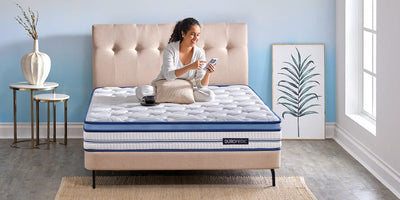



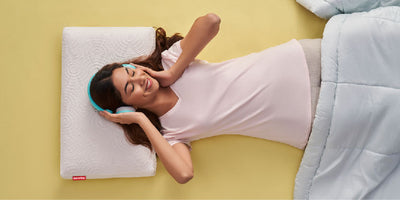

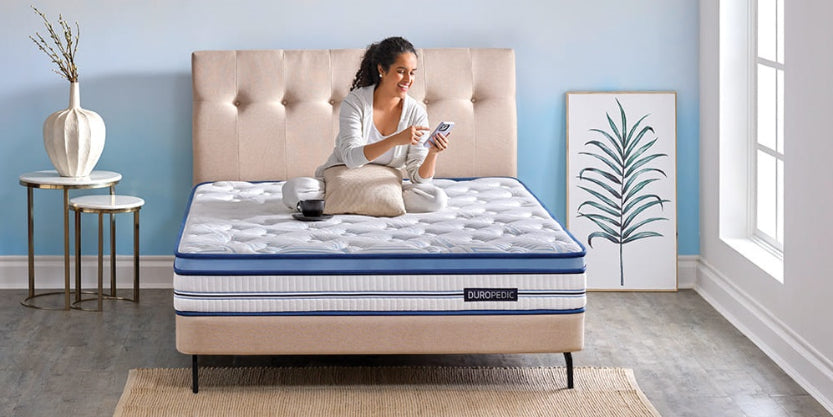
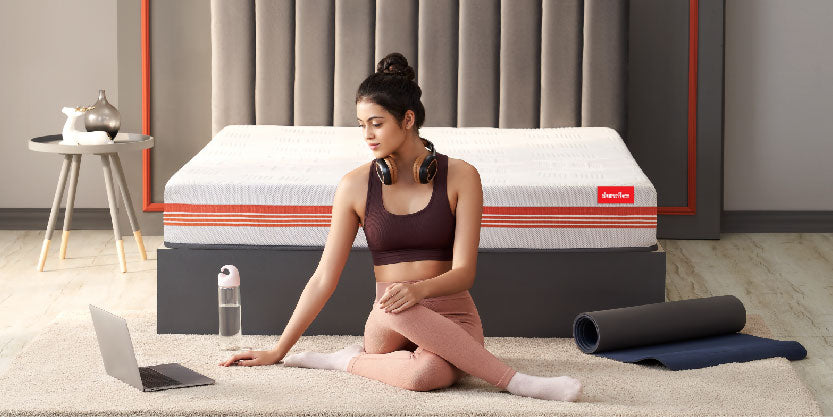


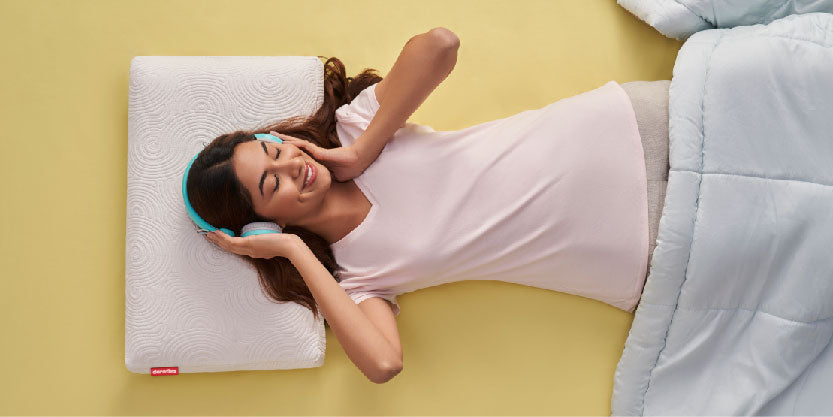



 Extra 5% off with code SAVENOW
Extra 5% off with code SAVENOW